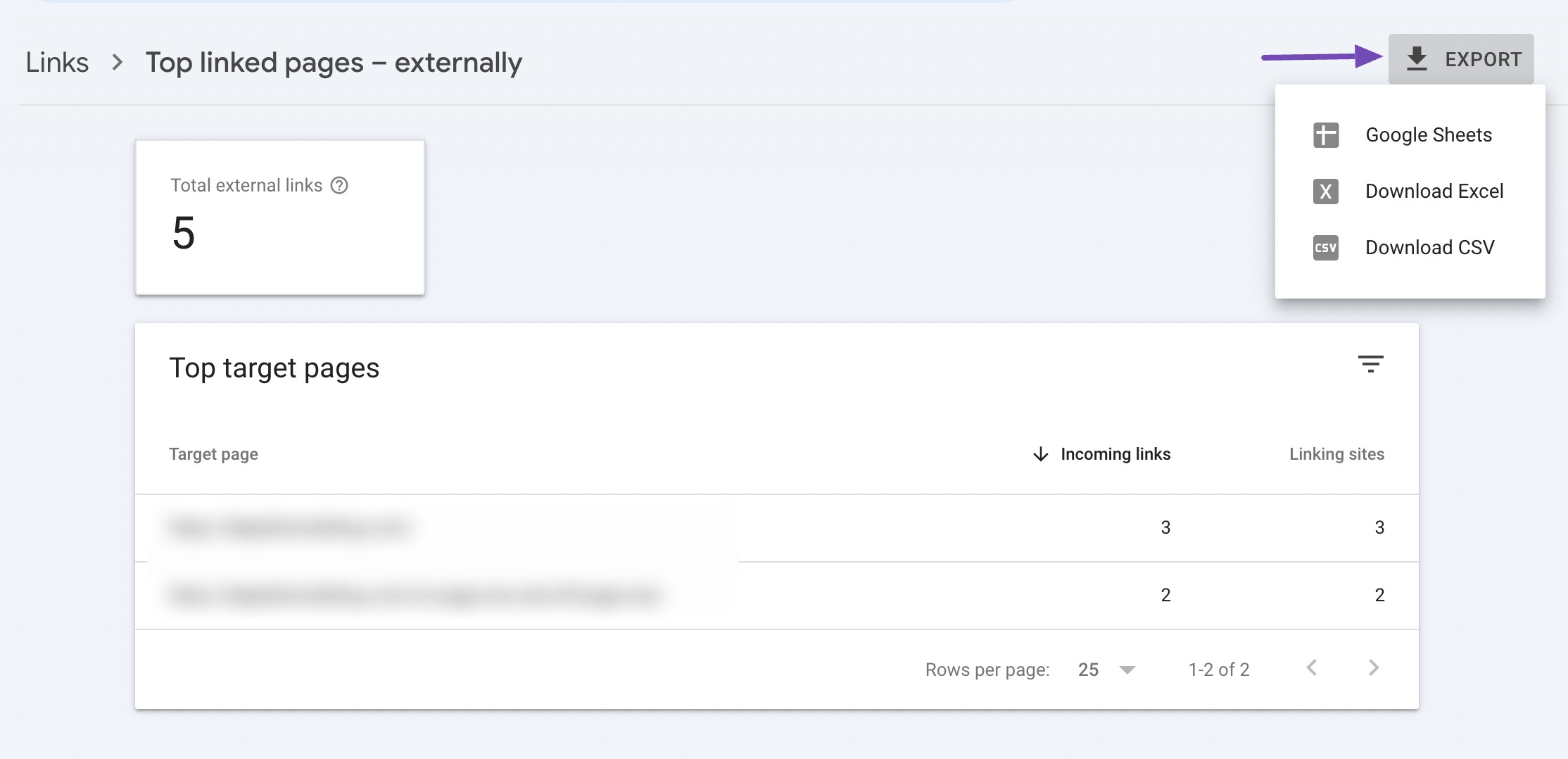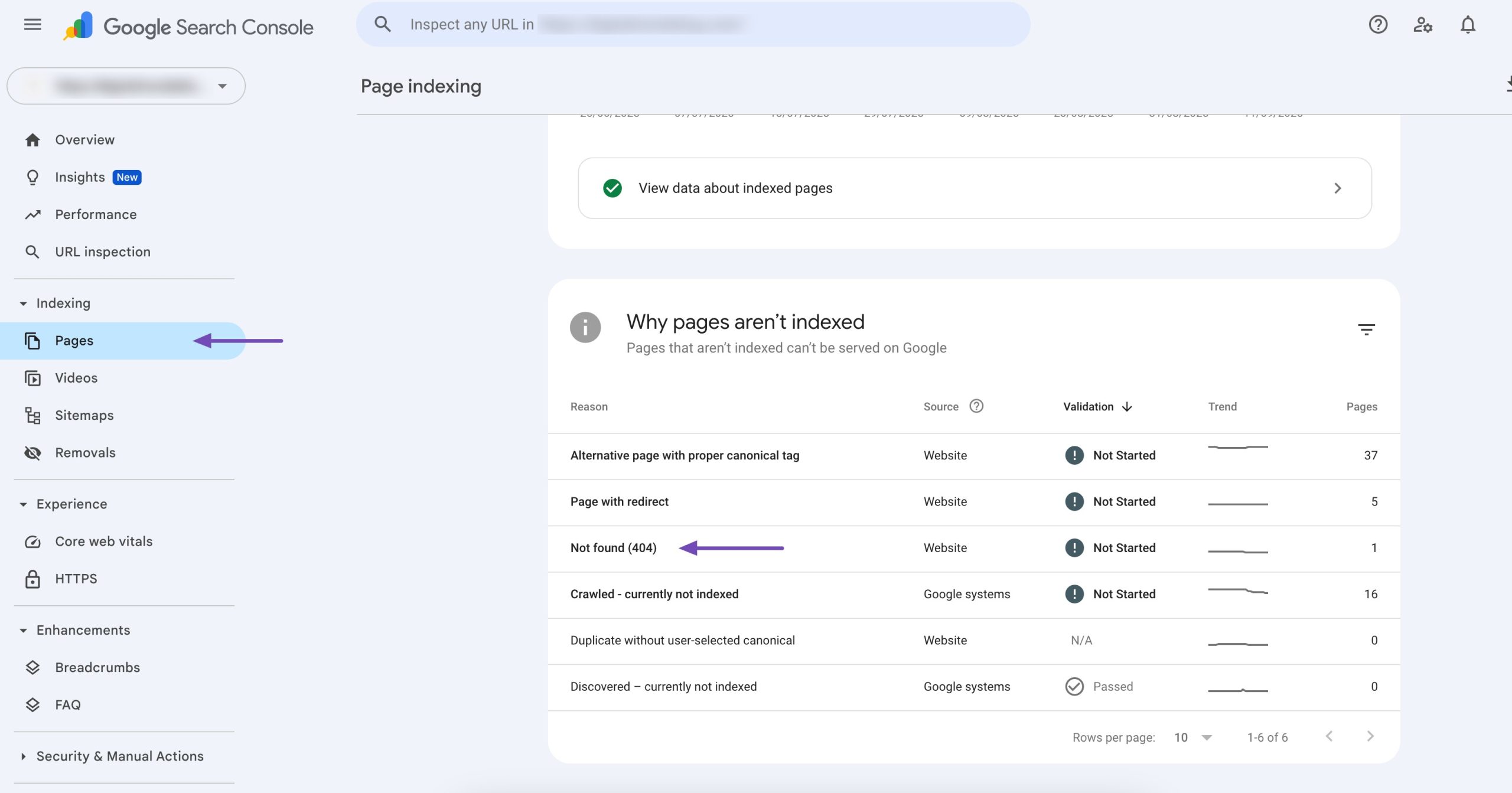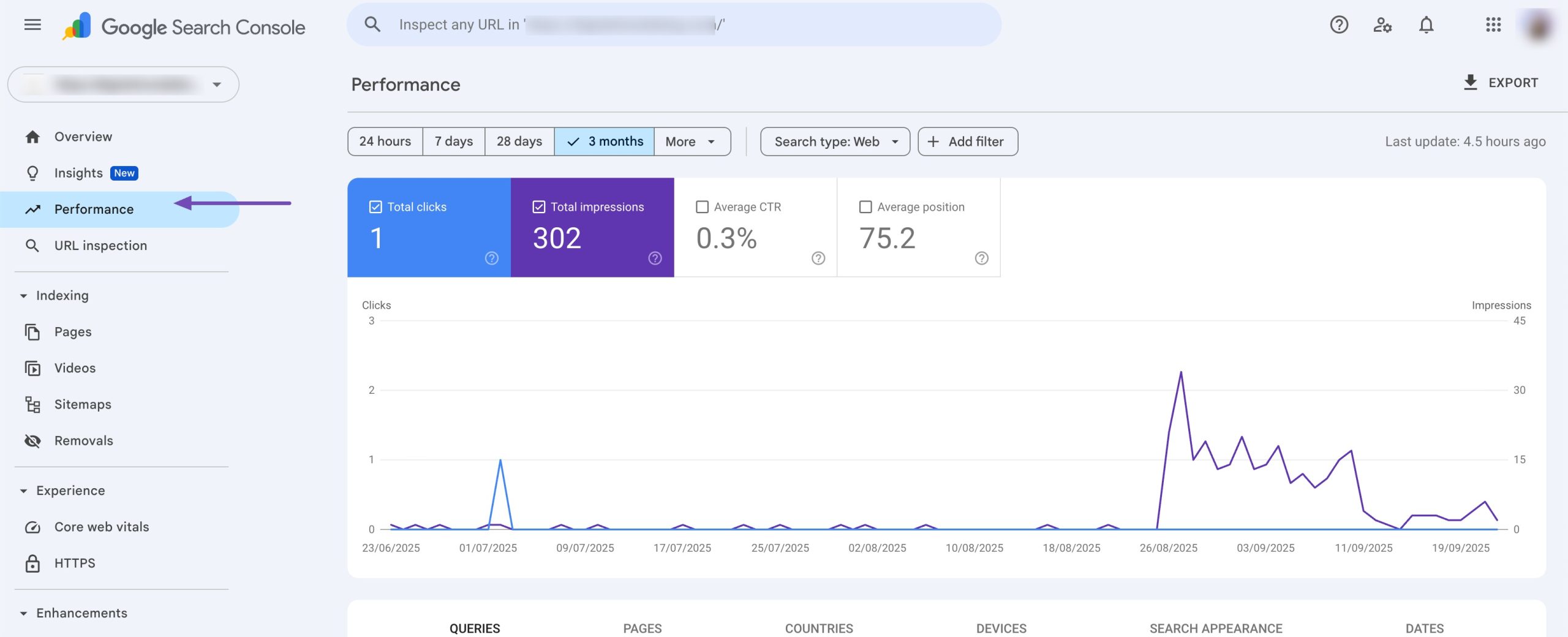When you think about SEO, backlinks are one of the first things that come to mind.
They play a huge role in boosting your rankings, but not all backlinks are good for your site. Some can harm your SEO and even put you at risk of penalties. That’s why you need to perform a backlink audit regularly.
In this post, I’ll show you how to perform a backlink audit, understand which backlinks are valuable, and take action to strengthen your website’s authority.
So, without any further ado, let’s get started.
Table Of Contents
1 What is a Backlink Audit?
A backlink audit is the process of reviewing all the external links that point to your website. These links, called backlinks, are a key factor in SEO because they influence your site’s authority and rankings.
When performing a backlink audit, your goal is to determine whether your backlinks are helping or hurting your SEO. You want to keep the high-quality, relevant links and deal with the ones that may be toxic or spammy.
Here are the main areas you’ll look at during a backlink audit:
- Quality of Backlinks: You need links from reputable, authoritative websites in your industry. These improve your credibility and rankings. On the other hand, links from spammy or low-quality sites can damage your SEO.
- Relevance: Backlinks from sites related to your niche are far more valuable than links from unrelated sources.
- Anchor Text: The clickable text in a link should look natural and varied. If you rely too heavily on exact-match keywords, it can appear manipulative and hurt your rankings.
- Follow vs. Nofollow Links: A healthy backlink profile has a natural balance of both. Follow links pass SEO value, while nofollow links don’t. Too much imbalance can look suspicious to search engines.
- Toxic Links: You need to identify and clean up harmful links from spammy, irrelevant, or low-authority sites to protect your site’s SEO.
2 How to Perform a Backlink Audit
Let’s walk through how you can perform a backlink audit step by step.
2.1 Gather Backlink Data
The first thing you need to do is collect all your backlink information. Google Search Console (GSC) is the best free tool to start with because it shows you detailed data about the sites linking to you.
First, log in to your Google Search Console account. Select the property (website) for which you want to perform the backlink audit.
In the left-hand menu, click on Links. In this report, you’ll see:
- External Links: All backlinks pointing to your site
- Top Linked Pages: The pages on your site that get the most links
- Top Linking Sites: Websites linking to you most frequently
- Top Linking Text: The anchor text used in backlinks

Pay close attention to the Top Linking Sites and Top Linking Text sections. This will show you which content attracts links and what kind of anchor text people are using. You can use these insights to refine your content strategy and outreach.
For a detailed audit, you can export data from these sections. To do so, click the MORE button in each section to see a complete list of links or domains.
Once the complete list is displayed, click on the EXPORT button located in the upper-right corner of the page.

Choose your preferred file format, CSV or Google Sheets, to download the data.
Once you download the file, organize the data into clear columns (e.g., linking domain, anchor text, linked page) so you can analyze it more effectively in the next steps.
2.2 Analyze Backlink Quality
Once you’ve gathered your backlink data, the next step is to analyze the quality of those links. This helps you separate valuable backlinks from ones that might hurt your SEO. As you go through your list, make sure to flag suspicious or weak links for further review.
Identify Links from Low-Authority Sites
Check the domain and page authority of each linking site.
- Keep: Links from reputable, high-authority sites in your niche.
- Flag: Links from low-authority or suspicious sites. Not every low-authority site is harmful, but many add little to no SEO value.
Relevance
Evaluate whether the linking sites are relevant to your niche or industry. Relevant backlinks are more likely to impact your SEO positively.

Ask yourself: Is this site related to my industry or niche?
- Keep: Backlinks from websites that share your niche. For example, if you run a tech blog, links from tech-related blogs are valuable.
- Flag: Backlinks from unrelated sites (e.g., fashion or food sites linking to a tech blog). These links rarely add SEO benefit.
Anchor Text Analysis
Look at the text used in the backlink and group it into categories:
- Branded: Includes your brand name
- Keyword-rich: Uses specific keywords
- Generic: “Click here,” “Read more,” etc.
- Naked URLs: Plain URLs as anchor text
Watch for over-optimization, such as excessive keyword-rich anchors.
Flag: Any unnatural or spammy-looking anchor text patterns for further review.
Follow vs. Nofollow Links
Follow links pass SEO value (or link juice) to your site, positively impacting your rankings.
Nofollow links do not pass SEO value. They are often used for sponsored content or in situations where the linking site doesn’t want to vouch for the linked site.
Check your ratio:
- Flag: If you see an unnatural imbalance (e.g., too many follow links), it could signal manipulative practices and should be reviewed.
- Healthy Profile: A natural mix of both.

2.3 Identify Harmful Links
Not all backlinks are good for your site. Some can damage your SEO and even trigger search engine penalties. That’s why identifying harmful links is an important part of your backlink audit.
Use SEO tools to check where your backlinks are coming from. Most tools provide indicators of a site’s reputation, spam score, and history to help you spot risks.
Spammy Sites
Search engines often penalize known spammy sites for violating SEO guidelines, such as engaging in link schemes or producing low-quality content.
Irrelevant content, especially low-quality or unrelated to your niche, is a red flag. Backlinks from such sites can be harmful as they might be seen as manipulative.
Link Farms and Networks
Link farms and Private Blog Networks (PBNs) are networks of websites created solely to manipulate search engine rankings through excessive linking.
Look for patterns like multiple links from a small group of interconnected sites with similar IP addresses or ownership.
If you identify links from suspected link farms or Private Blog Networks (PBNs), flag them for further review.
Toxic Links
Many SEO tools offer features specifically for identifying toxic links. These tools use a combination of metrics such as link quality, relevance, and spam score to flag potentially harmful backlinks.
Metrics may include low domain authority, high spam score, irrelevant anchor text, or many outbound links on the referring page.
2.4 Find and Fix 404 Errors
Identifying and addressing 404 errors helps maintain a healthy website and can significantly benefit your SEO efforts.
Google Search Console (GSC) is an invaluable tool for this purpose. To find the 404 errors, log in to your navigate to the Pages section. Here, you’ll find a list of errors that Google has encountered while crawling your site, including 404 errors.

Review the list of 404 errors to identify pages that are not found. Pay close attention to URLs that previously had significant traffic or backlinks. Export this list for further analysis.
For valuable backlinks, you can fix the 404 errors by redirecting these URLs to relevant, existing pages on your site using a 301 redirect. This ensures that the link equity is preserved and passed on to the new destination, rather than being lost.
After setting up the redirects, monitor the changes in the Google Search Console to ensure that the redirects are functioning correctly and that Google has recrawled the redirected URLs.
2.5 Find New Opportunities to Build Backlinks
A backlink audit isn’t just about removing harmful links; it’s also about finding ways to earn more high-quality backlinks. Google Search Console (GSC) can help you discover new opportunities by showing you which content already performs well.
One effective way to do this is by analyzing the Performance report in Google Search Console. This report provides insights into which keywords and pages are driving traffic to your site.
By identifying high-performing pages and keywords, you can pinpoint content that is already resonating with your audience and is likely to attract backlinks.

Review the data on:
- Clicks: how many users visit your site from search engines
- Impressions: how often your pages appear in search results
- CTR (Click-Through Rate): the percentage of users clicking through
- Average Position: your ranking for specific queries
Look for high-impression pages with low CTR or pages ranking well but lacking backlinks. These are strong candidates for outreach because they already have visibility.
Create a list of potential backlink partners by researching:
- Sites in your niche that have linked to similar content
- Influencers or blogs that regularly share resources in your industry
By targeting these opportunities, you can reach out with your high-performing content and naturally attract more backlinks. The stronger your backlink profile becomes, the easier it will be to boost rankings and build authority.
Refer to our dedicated tutorial on link-building to naturally earn links for your website.
2.6 Check Your Competitor’s Backlinks
To strengthen your own backlink profile, you also need to see what’s working for your competitors.
By analyzing their backlinks, you can find opportunities you may have missed and get inspiration for your link-building strategy.
Here’s how you can approach it:
- Use SEO tools to generate a backlink report for your competitors’ websites.
- Review where their backlinks are coming from and the type of content that’s attracting those links.
- Compare this data with your own backlink profile to spot gaps.
For example, if multiple competitors are getting backlinks from industry blogs, but you aren’t, that’s a clear opportunity for outreach.
Refer to our dedicated tutorial on finding your competitor’s backlinks to understand where your competitors’ backlinks are coming from.
3 Frequently Asked Questions
How often should I perform a backlink audit?
You should perform a backlink audit at least once a year. However, for sites with frequent changes in their backlink profile or those operating in highly competitive industries, quarterly audits are recommended.
What should I do if I find toxic backlinks?
If you find toxic backlinks, you can contact the webowners to request link removal.
How can I improve my backlink profile?
Improve your backlink profile by acquiring high-quality links from reputable sites, ensuring links are relevant, maintaining a natural anchor text distribution, and regularly auditing and removing harmful links.
4 Conclusion
A backlink audit might sound complex at first, but when you break it into simple steps, it becomes a manageable and powerful way to strengthen your SEO.
By gathering your backlink data, analyzing link quality, identifying harmful links, fixing broken pages, and spotting new opportunities, you ensure that every backlink works in your favor.
When you regularly perform backlink audits, you protect your site from penalties, maintain a healthy link profile, and find new ways to grow your authority.
Start applying these steps today, and you’ll be in control of your backlinks, not the other way around.
If you like this post, let us know by tweeting @rankmathseo.
![How to Do a Backlink Audit: A Beginner’s Guide [6 Easy Steps]](https://rankmath.com/wp-content/uploads/2024/06/How-to-Do-a-Backlink-Audit-960x504-1.png)